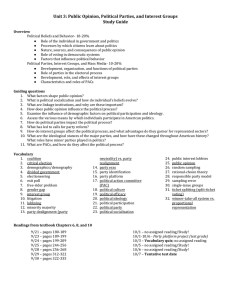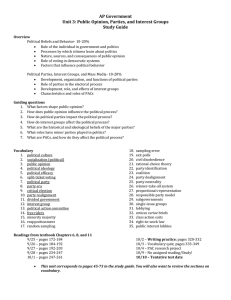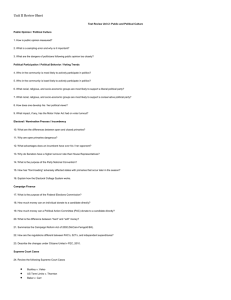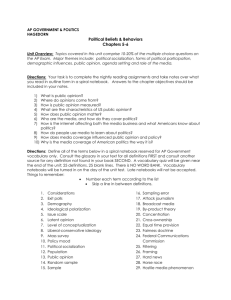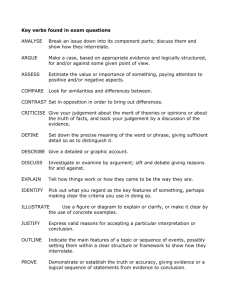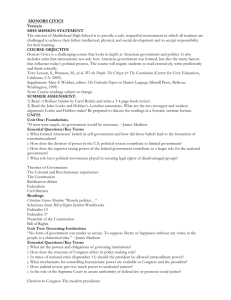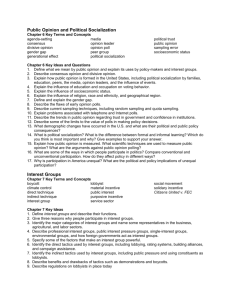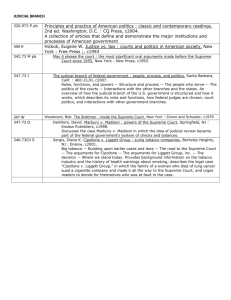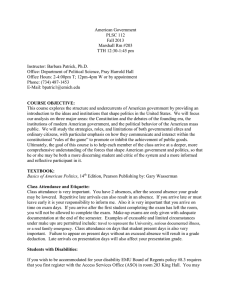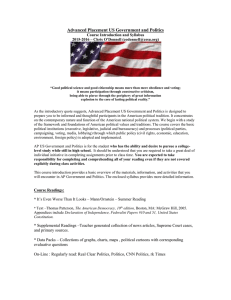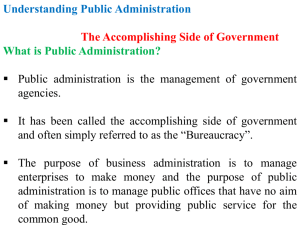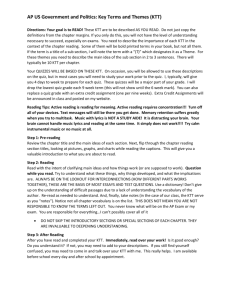CHAPTERS 6, 8, 10 & 16 REVIEW The following is a review of the
advertisement
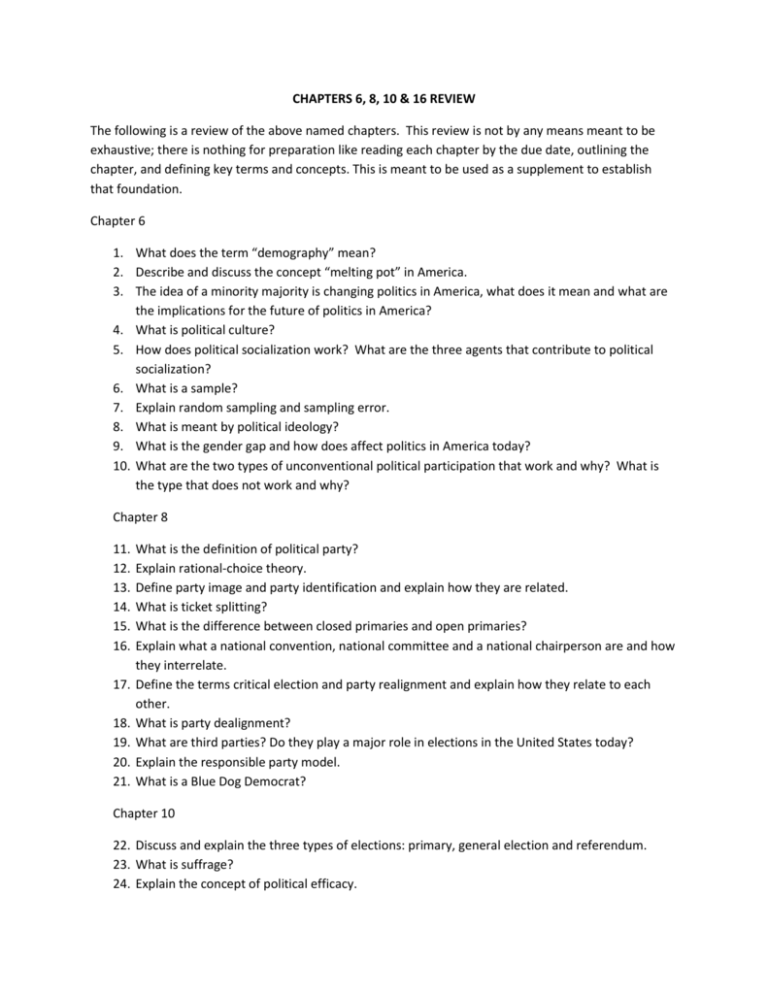
CHAPTERS 6, 8, 10 & 16 REVIEW The following is a review of the above named chapters. This review is not by any means meant to be exhaustive; there is nothing for preparation like reading each chapter by the due date, outlining the chapter, and defining key terms and concepts. This is meant to be used as a supplement to establish that foundation. Chapter 6 1. What does the term “demography” mean? 2. Describe and discuss the concept “melting pot” in America. 3. The idea of a minority majority is changing politics in America, what does it mean and what are the implications for the future of politics in America? 4. What is political culture? 5. How does political socialization work? What are the three agents that contribute to political socialization? 6. What is a sample? 7. Explain random sampling and sampling error. 8. What is meant by political ideology? 9. What is the gender gap and how does affect politics in America today? 10. What are the two types of unconventional political participation that work and why? What is the type that does not work and why? Chapter 8 11. 12. 13. 14. 15. 16. 17. 18. 19. 20. 21. What is the definition of political party? Explain rational-choice theory. Define party image and party identification and explain how they are related. What is ticket splitting? What is the difference between closed primaries and open primaries? Explain what a national convention, national committee and a national chairperson are and how they interrelate. Define the terms critical election and party realignment and explain how they relate to each other. What is party dealignment? What are third parties? Do they play a major role in elections in the United States today? Explain the responsible party model. What is a Blue Dog Democrat? Chapter 10 22. Discuss and explain the three types of elections: primary, general election and referendum. 23. What is suffrage? 24. Explain the concept of political efficacy. 2 25. 26. 27. 28. What is civic duty? What is voter registration and the Motor Voter Act? Explain policy voting. What is retrospective voting? Chapter 16 29. 30. 31. 32. 33. 34. 35. 36. 37. 38. 39. What does “standing to sue” mean? What is a class action suit? What is a justiciable dispute? Explain what an amicus curiae brief is. Compare and contrast the terms “original jurisdiction” and “appellate jurisdiction”. Explain the concept of “senatorial courtesy”. What is the federal post, solicitor general, where does she work and what does she do? How do stare decisis and precedent interrelate? What is judicial implementation? Compare and contrast the terms judicial restraint and judicial activism. What is statutory construction? General 40. Be prepared to discuss and explain the concepts in all films and videos that you have watched in class.
